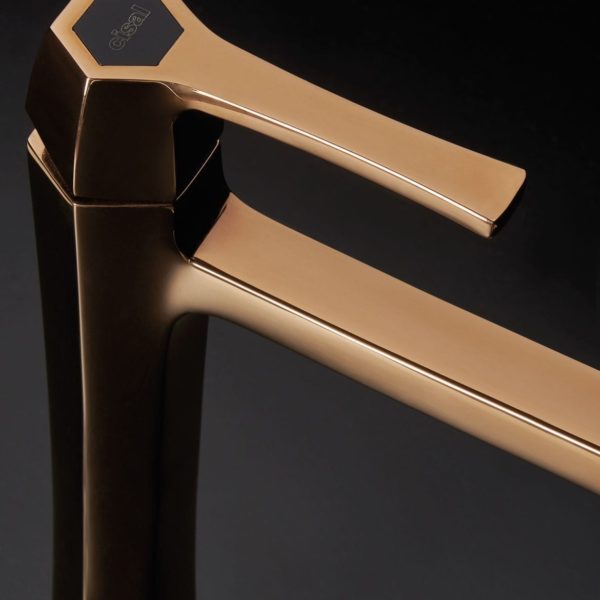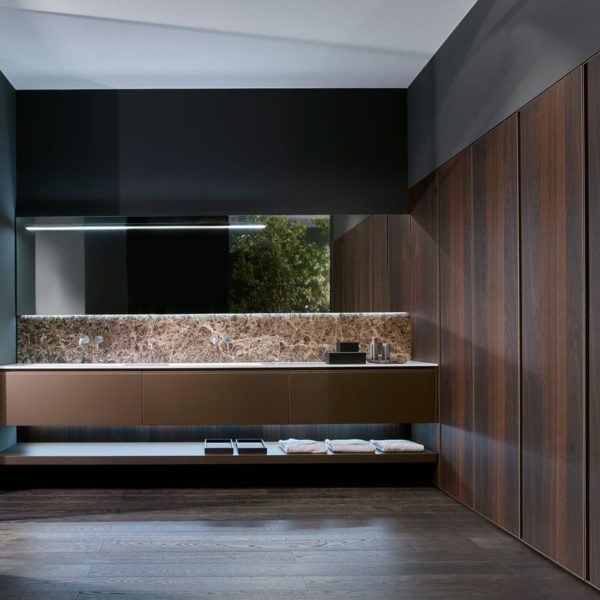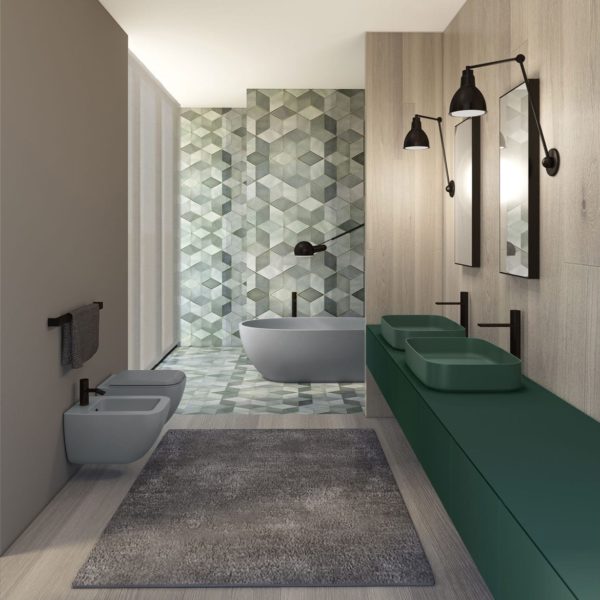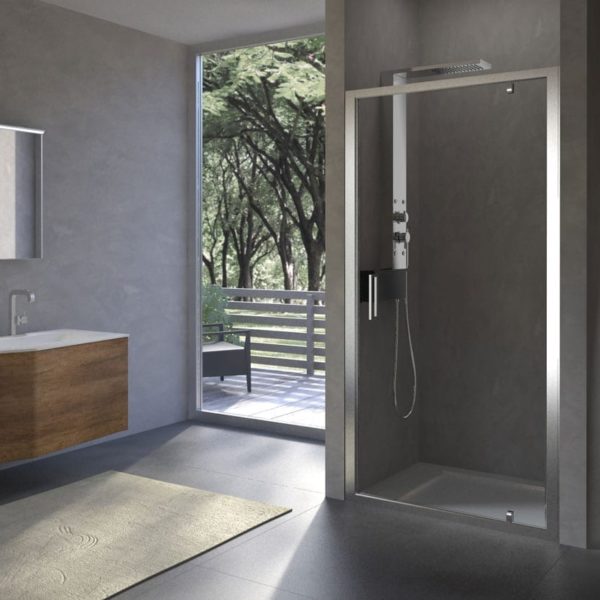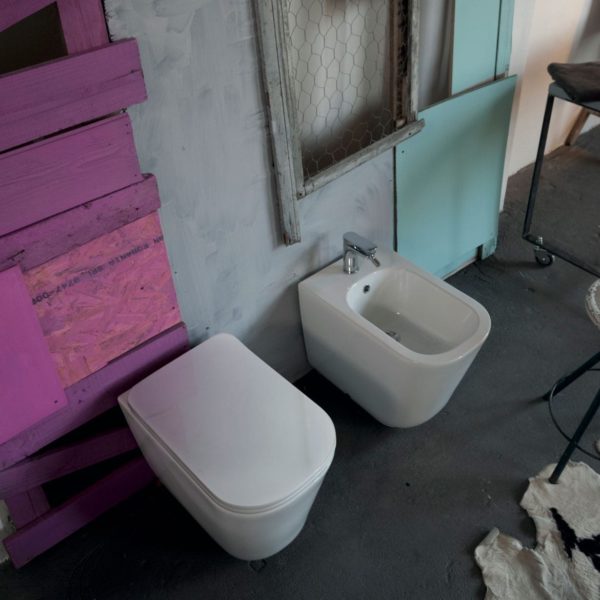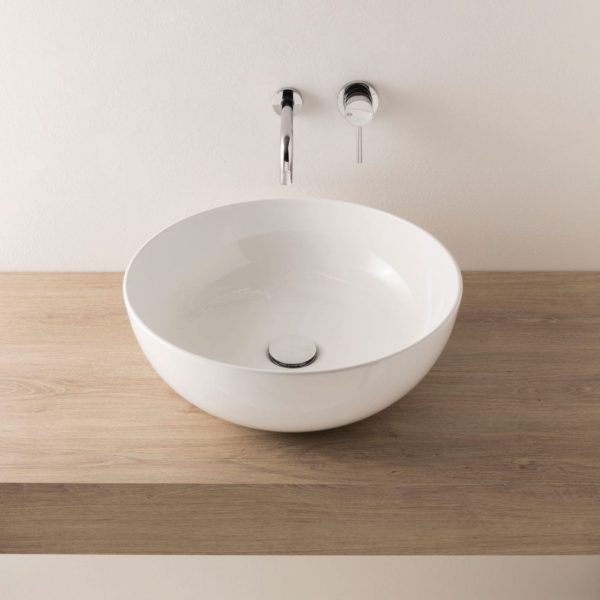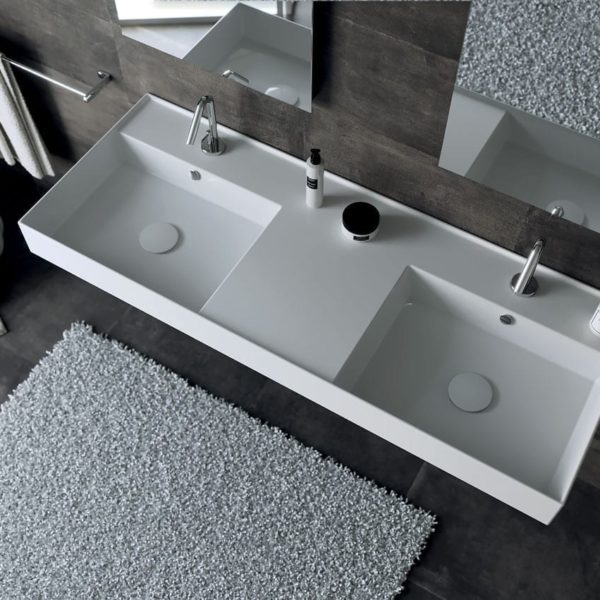Products Trends


The bathroom, increasingly at the heart of the home | by Luisa Pianzola
An aesthetically designed, ultrafunctional, welcoming and sustainable all-round living space is a fairly accurate description of the contemporary bathroom, reflecting a desire to transform what was once seen as a purely utilitarian space into an environment with a strong design content. Today’s bathroom is increasingly well-equipped or – in its more minimalist versions – stripped of all superfluity, but in all cases it retains plenty of character and personality and is the ideal place for taking time out for personal care.
An integrated system
The contemporary bathroom is first and foremost an integrated, fluid system where tops, equipped walls and the fixtures are arranged in a connected and coordinated layout. The bases and cabinets are designed in conjunction with the sanitary fixtures to improve aesthetics and facilitate cleaning. Whether the washbasin is chosen in a countertop or recessed version, the former proving a particularly popular trend in recent years, special emphasis is now being given to the way it coordinates with the vanity top. Together with slimline styling and ultrathin thicknesses, colour helps to give the room a decidedly modern look while tapping into the archetypal concept of the bathroom as a space devoted to well-being.
Green: a longing for nature
One of the most evident trends in the wellness space is that of coloured sanitary fixtures, generally with a matt finish. One colour worthy of a special mention is green in all its shades, whether sage or olive, dusty, desaturated, warm or velvety. This is not just because Greenery was chosen as the 2017 Pantone colour of the year, with repercussions for the world of fashion design and household objects, but also because the longing for nature has invaded our homes, particularly the bathroom, a trend that is reflected both in the surfaces and in the presence of green plants and foliage.
Washbasins take centre stage
The column-mounted or freestanding washbasin is the natural evolution of the countertop version. Recessed basins remain in vogue, but more visually-striking units are gaining in popularity. The washbasin has replaced the freestanding bathtub in terms of importance, adapting to market needs and ever smaller bathrooms. So why not introduce an element of surprise with columns? Marble and marble-effect countertops, available in the most diverse range of aesthetic versions, remain popular for highly contemporary spaces. They coordinate with a handful of soft, dusty colours and a blend of precious metal details. The vintage look is a fast-growing trend that will continue to gain momentum in 2018. Exposed pipework, washbasins and antique-look accessories redesigned according to a modern aesthetic will feature in the most fashionable wellness spaces.
Storage niches and seamless shower enclosures
Short of storage space due to the small size of your bathroom? This problem can now be solved thanks to another bathroom furnishing trend: the installation of wall niches, in many cases illuminated, either behind the bathtub and shower or on the main wall alongside the wall cabinets and shelves.
Not content with walk-in shower enclosures and flush-to-floor trays, lovers of modern minimalism can now enjoy a totally seamless shower experience with uniform, continuous surface coverings enhanced by designer lighting.
Brushed steel taps, geometric lines and water saving
In what is more a confirmation than a new trend, taps are becoming ever more geometric but with bevelled edges. At the same time, mixer taps are increasingly taking centre stage, complementing and sharing the style of the sanitary fixtures.
The most widely used tap colours are in complete harmony with the coloured washbasin trend. Along with gold and rose gold maintained as a legacy from past seasons, we are also seeing plenty of blacks, blues, earth tones and whites. The finishes are also slightly unconventional with matt colours and brushed steel.
In terms of technology, the bathroom is becoming increasingly smart and sustainable thanks to the use of new high-performance taps designed to reduce water consumption.
December 2017





